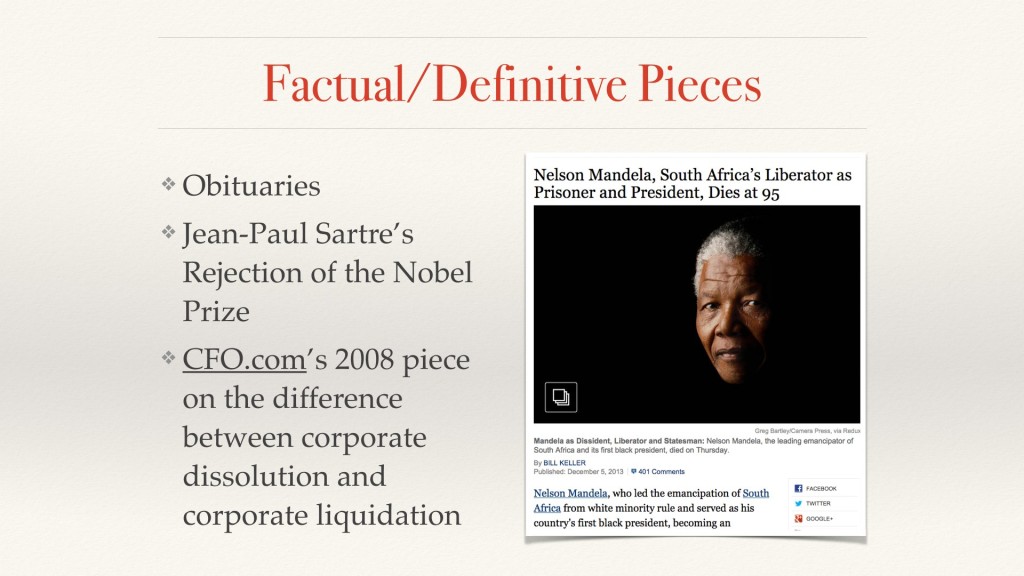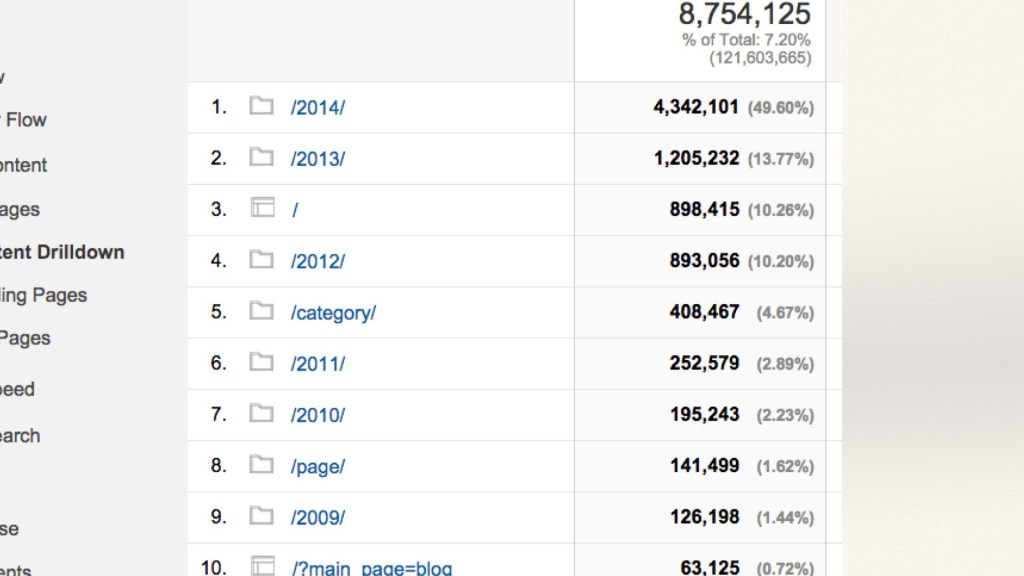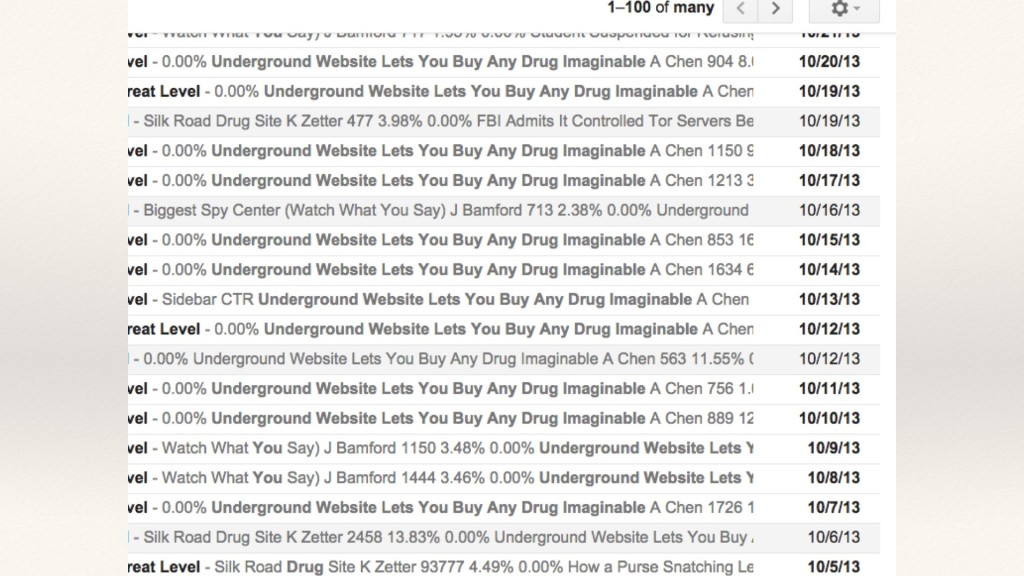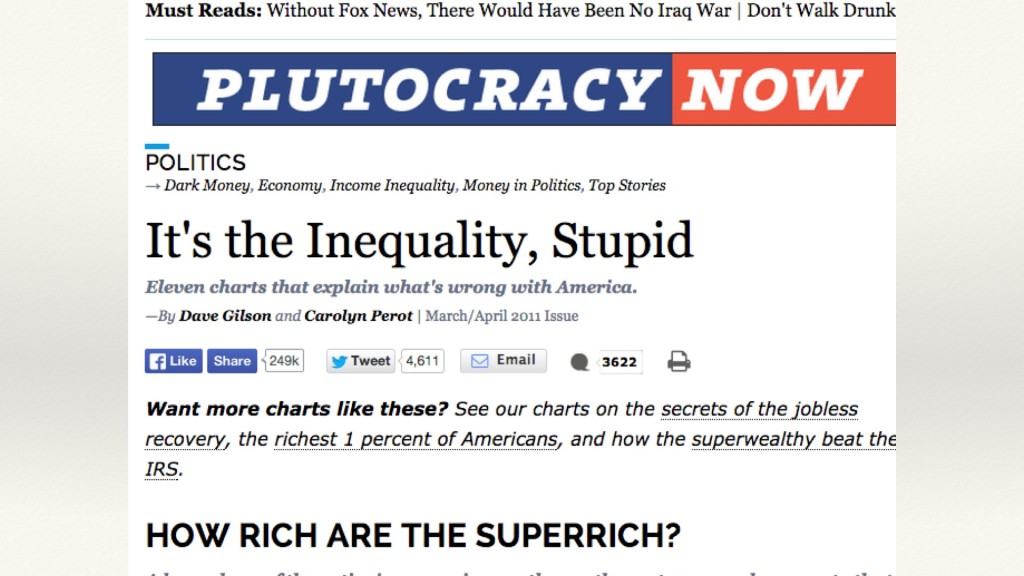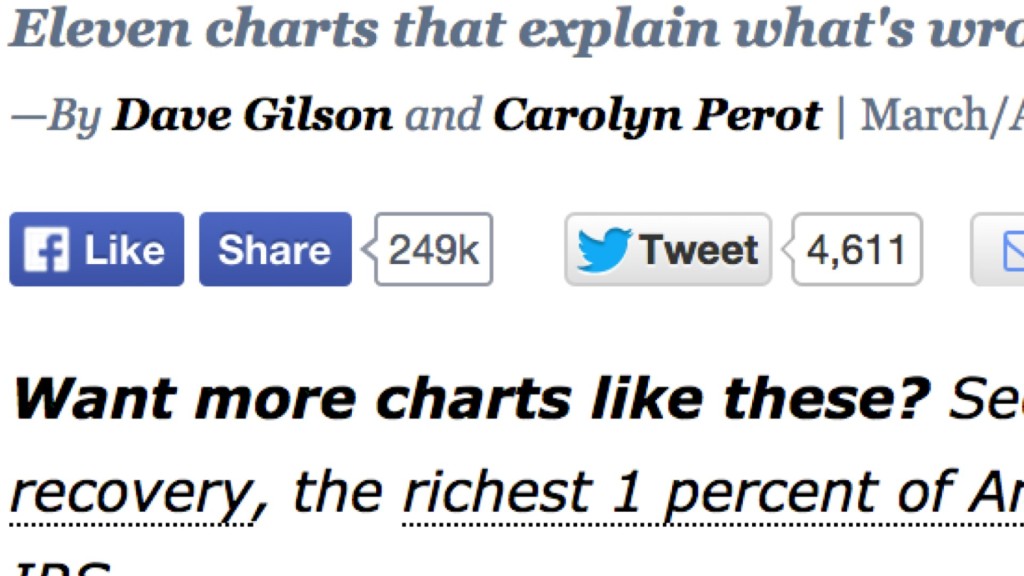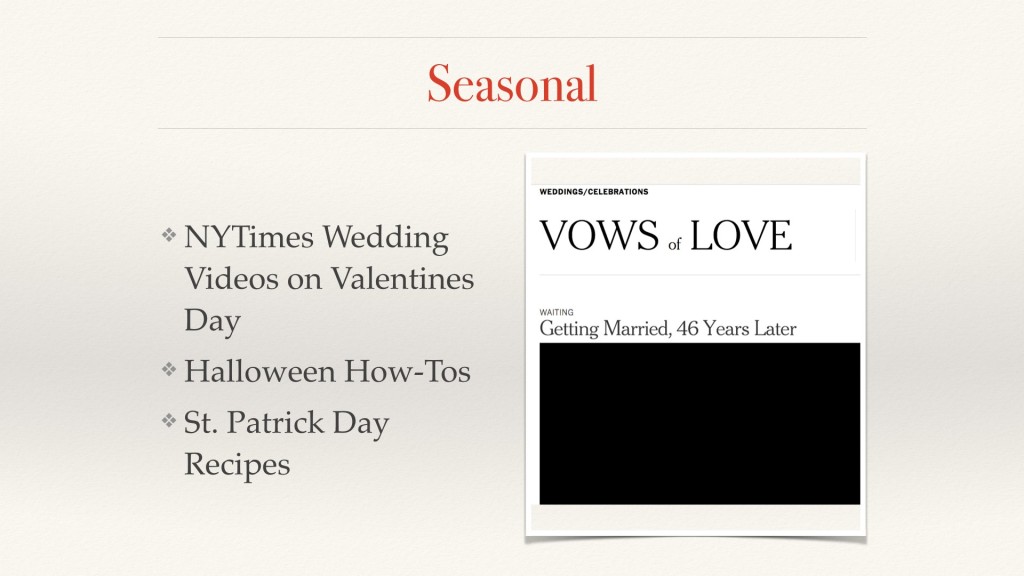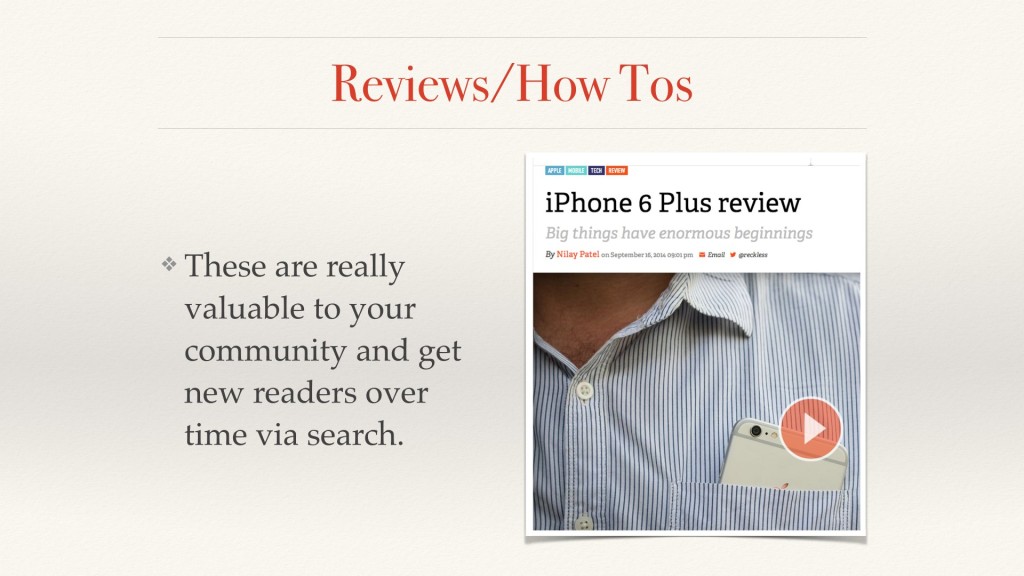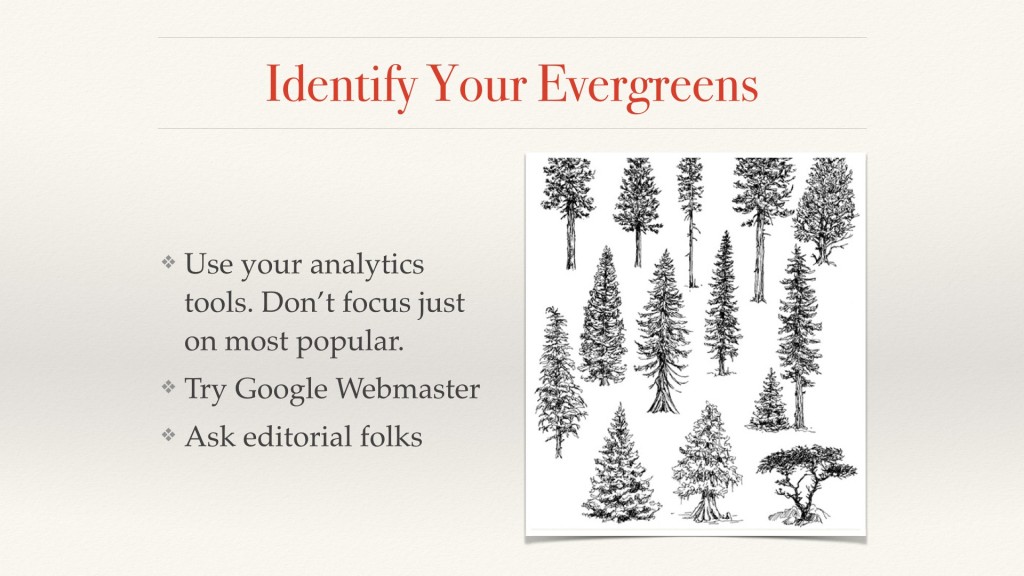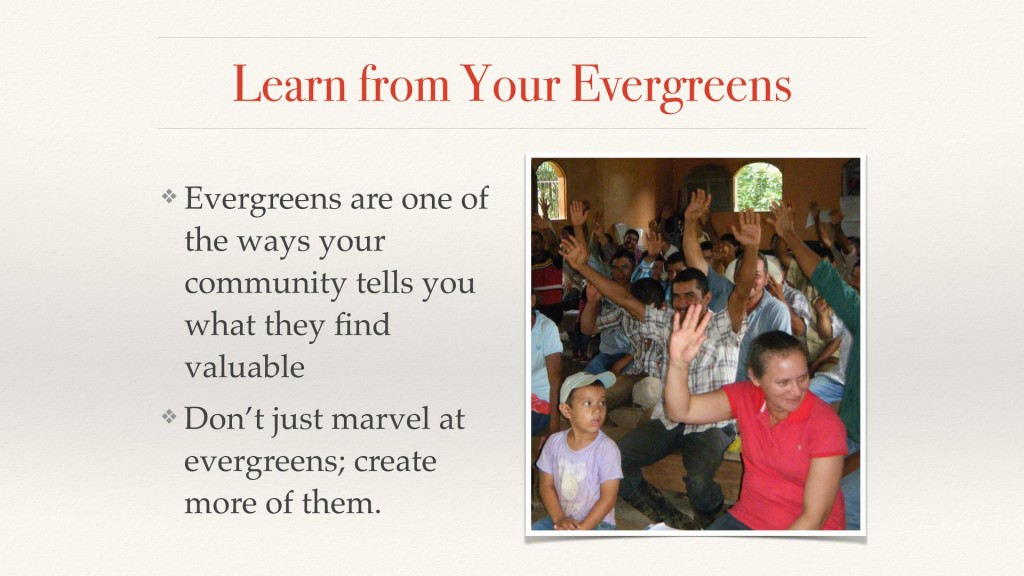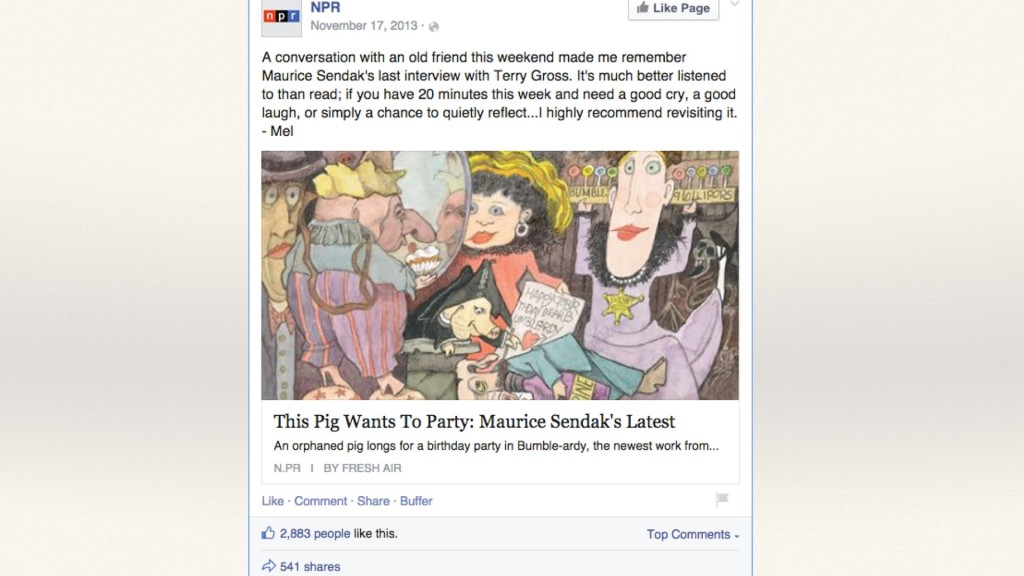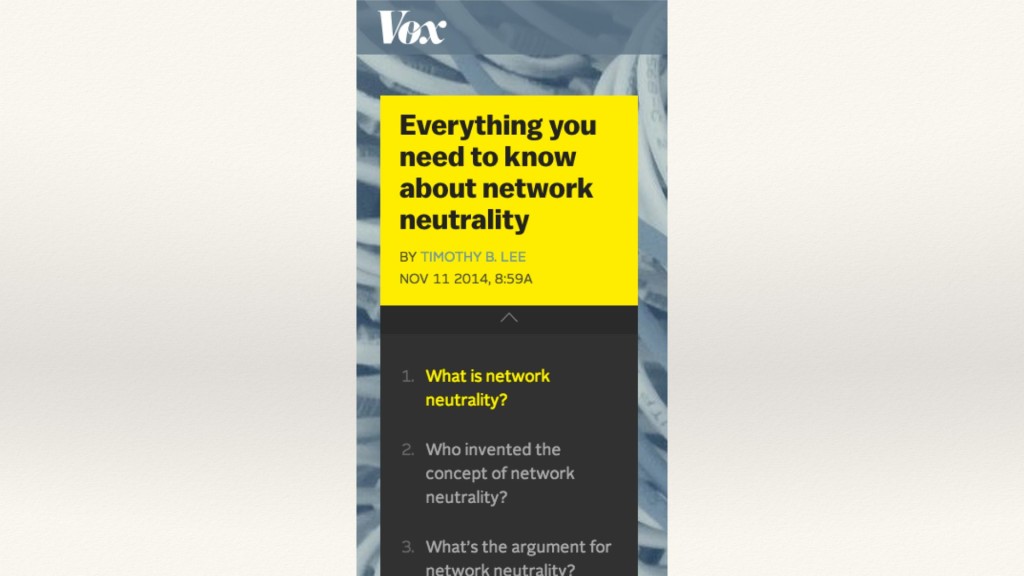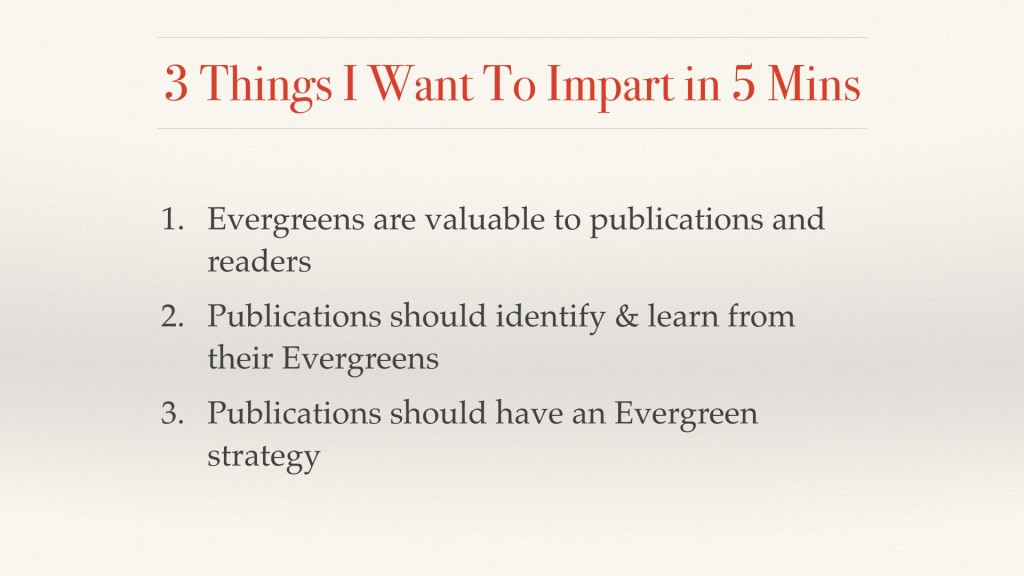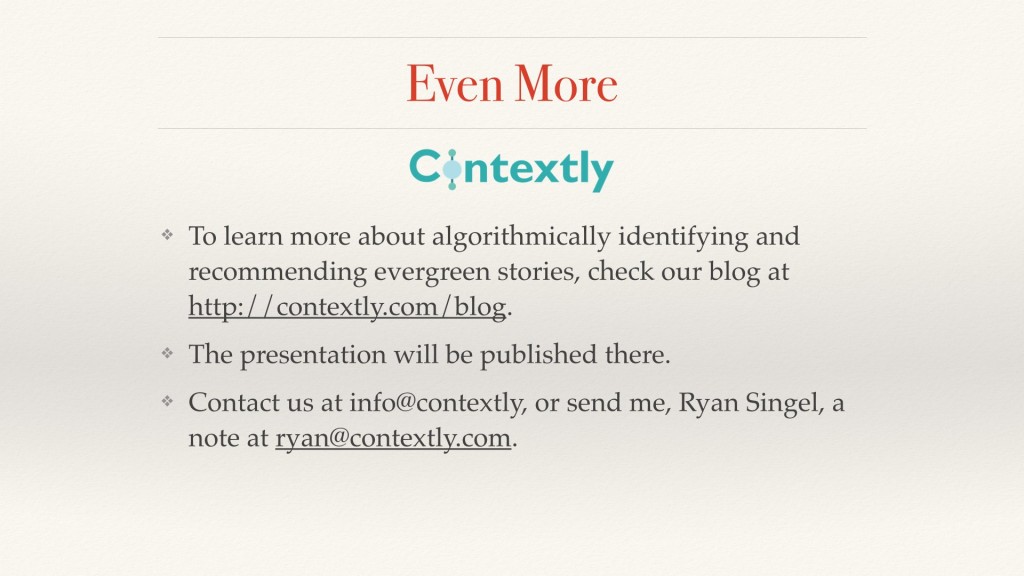(Note: These are the prepared notes of a lightning talk I gave at the January 15, 2015 Hacks/Hackers Meetup in S.F. There are a few additional notes here, and it is not verbatim.)
Hi I’m Ryan Singel, one of the co-founders of Contextly. Contextly is an engagement service that helps publishers build their audience in the age of drive-by readers. One of the ways we do that is through a set of recommendations that show up at the end of a piece of content. These include related and exploratory links that let a reader dive deeply into a subject or explore widely.
We think a lot about evergreens. That’s because one of our strategies is to algorithmically identify evergreen content and include them in our Explore section. This keeps good stories alive long after they’ve fallen off the homepage – extending their life — and getting the best of a site to readers who haven’t seen them before.
This has turned out to be a very effective strategy that is good for publications and readers.
So here are the 3 things I want you to believe by the end of this talk: Evergreens are more valuable than you thought they were when you walked in; they are worth identifying and analyzing; and publications need to have a Evergreen plan.
First some hard data: Here’s a breakdown of the pageviews on one of our publishers from 2014, broken down by date — as indicated by url structure in Google Analytics. Only about half of the pageviews of this site in 2014 were to posts published in 2014. That’s amazing and a great situation to be in.
Now some anecdata: Before founding Contextly, I was an editor at Wired in charge of a section called Threat Level.
In 2011, we published this 1,100 word story about Silk Road, the Bit-Coin/Tor enabled online drug marketplace. (Note: This was written by Adrien Chen from Gawker, published on Wired via a content-sharing agreement.)
It did really well, and it kept doing well.
Yesterday I searched my inbox for the title of that story. This is a snippet of the returns in my inbox from October of 2013, more than two years later. There’s an entry every day of that month, because I got an email about the top ten stories in that section. Which is another way of saying that Silk Road story was a top ten story every day that month, two years later. That’s an incredibly strong signal that Silk Road was of deep interest to our readers.
Not only that, the percentage of readers of that story who went on to read related content was consistently over 11%. (Note: this kind of recirculation rate is about triple industry average.)
That doesn’t just happen on Wired.
Remember Mother Jones breaking the 47% Romney video story? Of course you do. David Corn landed a huge scoop, changing the presidential election. That story was shared on FB 183,000 times and had 76,000 retweets.
Well, a year earlier, Mother Jones published a post with 11 charts explaining income inequality in the US. That piece was tweeted far less, only 4600 times.
But FB shares? It was shared nearly 250,000 times.
And that was spread out over time. (Note: Robert Wise, MJ’s Online Technology Director was in the audience at this talk and confirmed this was the case.)
The point? An Evergreen story can be as popular and influential as the biggest scoop.
So what do we mean by evergreen: Our definition is any content that continues to provide value to readers long after its publication date.
In identifying these for our clients, we’ve seen a few types of evergreen content, including these three:
Seasonal – Valentines and Halloween seem like no-brainers, but we’ve even seen Irish pound cake recipes become evergreen ahead of St. Patrick’s day.
Reviews and How-Tos
Definitive/Factual: Great stories, obituaries, explainers
Publications need to identify their evergreen stories. The most popular are the easiest to see in analytics. Identifying others may be time consuming. Try using tools like Google Analytics’s Content drilldown. Have a long view.
Look in Google Webmaster tools to see what search terms are bringing people to your site.
Ask your editorial team about their favorites. Make evergreens part of your editorial meetings.
(Note: Since this lightning talk was *not* a sales pitch, I did not push an algorithmic approach. Having your editorial team select some posts they think are evergreen is an easy thing to do.
However, this approach does not scale. Story archives can be very large. They can span decades and contain hundreds of thousands of posts. Traffic to each of those posts changes over time according to readers’ shifting interests as well as external influences such as events and seasons.
Ideally, evergreen detection algorithms (*Cough* Contextly) will be implemented to monitor the traffic to your archive, resurfacing content that is starting to become interesting to readers.)
Once you’ve IDed some of your evergreens, don’t just try to figure out how to exploit them.
Learn from them. Evergreens are one way your community tells you what they find valuable. I’ll repeat that: evergreens are one way your community communicates what is valuable to them.
What I should have learned from the Silk Road story’s evergreen behavior was to put a reporter on that beat — not just that we should tweet that story out over the weekend every once in a while.
Finally, create an evergreen strategy: There is no one right answer, but there’re likely many good answers. Experiment.
Here’s some ideas:
Wired spent several years writing a date-pegged story to every day of the year in a section called This Day In Tech. These would get assigned to different writers, and stories would go on the homepage once a year. Eventually, Wired even turned this into a book called Mad Science (Note: It’s even got 5 stars on Amazon.)
Business Insider took the sneaky route and republished an old story that had done well as if it were new, with no indication of its original pub date. It was effective, if unethical.
NPR began a strategy of promoting evergreen stories back to Facebook, timed to publish between 3 and 6 a.m. Here’s a Terry Gross interview with Maureice Sendak from 2011, that was then put on Facebook two years after the initial airing. It got more than 500 shares and nearly 3K Likes.
Finally, Vox has a strategy of creating “explainers” that are intended to be evergreen. Their CMS is customized for this, but that’s not really necessary. You can create FAQs and explainers using any CMS.
(NOTE: The same day I gave this presentation, Vox wrote up an experiment about silently updating their evergreens and the effect that had on traffic/readers).
Oh look, it’s an evergreen slide: So the three things I hope you took away: Evergreens are really valuable; publications should identify and learn from them; and publications should have an evergreen strategy that includes how to make use of evergreens and create more of them.
Finally, if you want to learn more about Contextly’s research into evergreens, as well as our algorithms to detect them, check out our blog at http://blog.contextly.com or drop us a note at info@contextly.com.
Thank you.
